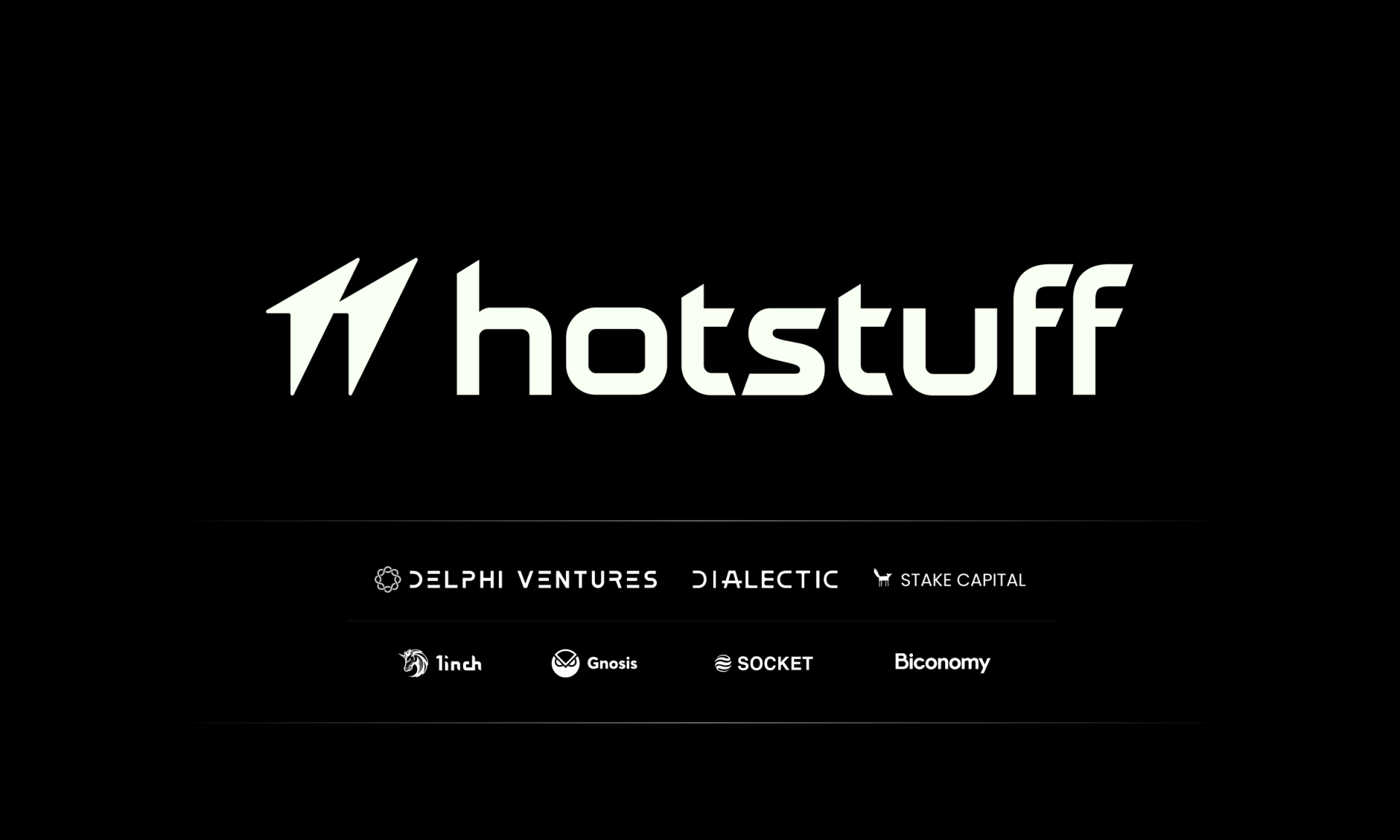A soft fork in the blockchain refers to a specific type of modification or addition to the underlying blockchain technology. It is designed to implement new features or improvements without disrupting the existing network’s structure or rendering previous transactions or blocks invalid. This backward compatibility allows network participants who choose to adopt the new consensus rules to coexist with those who continue to adhere to the old rules.
Unlike hard forks, which completely split the blockchain into two separate entities, soft forks do not make old consensus-following nodes incompatible with the new rules. In other words, the new rules are simply an extension of the existing protocol, making it possible for nodes to recognize the validity of newer transactions or blocks even if they haven’t upgraded to the latest software version.
Soft forks are often implemented when there is a need to introduce improvements, fix bugs, or address vulnerabilities in the blockchain network. These upgrades can range from small changes to significant protocol enhancements. While hard forks require unanimous agreement and coordination from all network participants to adopt the new rules, soft forks have more flexibility.
One notable characteristic of soft forks in cryptocurrencies is that they do not require all miners on the network to adopt the new code. Instead, a majority consensus among miners is sufficient to activate the soft fork. This majority consensus approach allows for faster upgrades and helps prevent major divisions within the community. It also reduces the risk of creating multiple separate chains or causing network splits.
Soft forks can also occur due to errors made by miners who unknowingly violate new rules. These miners may produce blocks that are not recognized by the rest of the network. However, as long as the majority of miners adhere to the new rules, the network will continue to function seamlessly, and the miner’s invalid blocks will be disregarded.
Reversing a soft fork can only be achieved through a hard fork. If the majority of miners decide that the changes introduced through a soft fork are undesirable or have unintended consequences, they may choose to revert back to the old consensus rules. This would require a hard fork, which involves a complete divergence from the previous rules and often leads to the creation of a new blockchain with a different set of transactions and blocks.
Several well-known cryptocurrencies have utilized soft forks to upgrade their networks and introduce new features. Bitcoin, the first and most popular cryptocurrency, has implemented several soft forks throughout its history. One prominent example is the Bitcoin Segregated Witness (SegWit) soft fork, which was activated in 2017. SegWit aimed to address the issue of scalability by removing the signature data from transactions, effectively increasing the block capacity and allowing for more transactions to be processed within each block.
Ethereum, another leading cryptocurrency and blockchain platform, has also implemented soft forks to improve its network’s functionality. One notable example is the Byzantium upgrade, which took place in 2017 as part of the larger Metropolis upgrade. Byzantium introduced various improvements, including enhancements to privacy, security, and overall transaction speed.
Soft forks have proven to be a valuable tool in the evolution of blockchain technology. They allow for gradual upgrades and improvements without disrupting the existing network or creating divisions within the community. By maintaining backward compatibility, soft forks strike a balance between innovation and preservation of the blockchain’s integrity, ultimately contributing to the ongoing development and adoption of cryptocurrencies.














